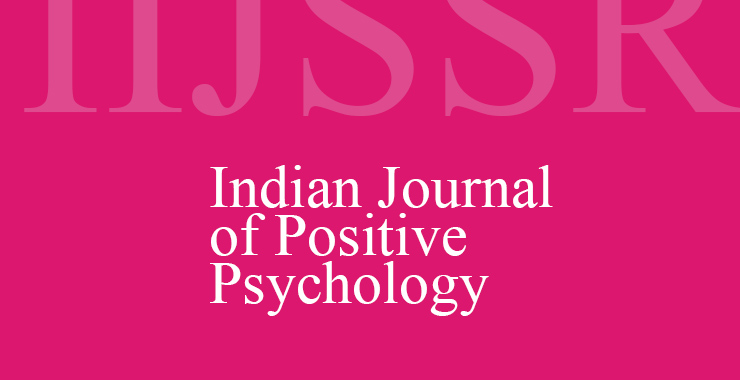Gender Differences in Sports Motivation and Resilience among Sportspersons of North India Region
Original price was: ₹ 201.00.₹ 200.00Current price is: ₹ 200.00.
Page: 460-463
Vipin Sehrawat1, Bindu Kumari2, and Kuldeep Nara3 (Department of Physical Education, Chaudhary Ranbir Singh University, Jind, Haryana1,3, Department of Psychology, Hindu Girls College, Sonipat, Haryana2)
Description
Page: 460-463
Vipin Sehrawat1, Bindu Kumari2, and Kuldeep Nara3 (Department of Physical Education, Chaudhary Ranbir Singh University, Jind, Haryana1,3, Department of Psychology, Hindu Girls College, Sonipat, Haryana2)
The present study investigated gender differences in sports motivation and resilience among sportspersons who have returned to athletic activities after experiencing injuries. A sample of 300 sportspersons, aged 15 to 35, was selected using snowball sampling from various cities across India, including Rohtak, Sonipat, Jind, Chandigarh, and Delhi. Sports motivation was assessed using the Revised Sports Motivation Scale (Pelletier et al., 2013) resilience measurement tool was CD-RISC. The results revealed significant gender differences in both intrinsic and integrated motivation levels, with male sportspersons exhibiting higher motivation compared to their female counterparts. This finding aligns with existing literature that suggests males often possess a stronger competitive drive and commitment to sports. Additionally, the study explored the implications of these differences on the resilience of athletes, emphasizing the importance of motivation in facilitating recovery and performance post-injury. This intrinsic drive can be attributed to various factors, including socialization patterns and personal expectations associated with male athletes. Conversely, female athletes displayed unique motivational factors that warrant further exploration, such as the role of social support and community engagement in their athletic journeys.. Future research should aim to explore these motivational factors in greater depth and examine their long-term effects on athletic performance and mental well-being.

